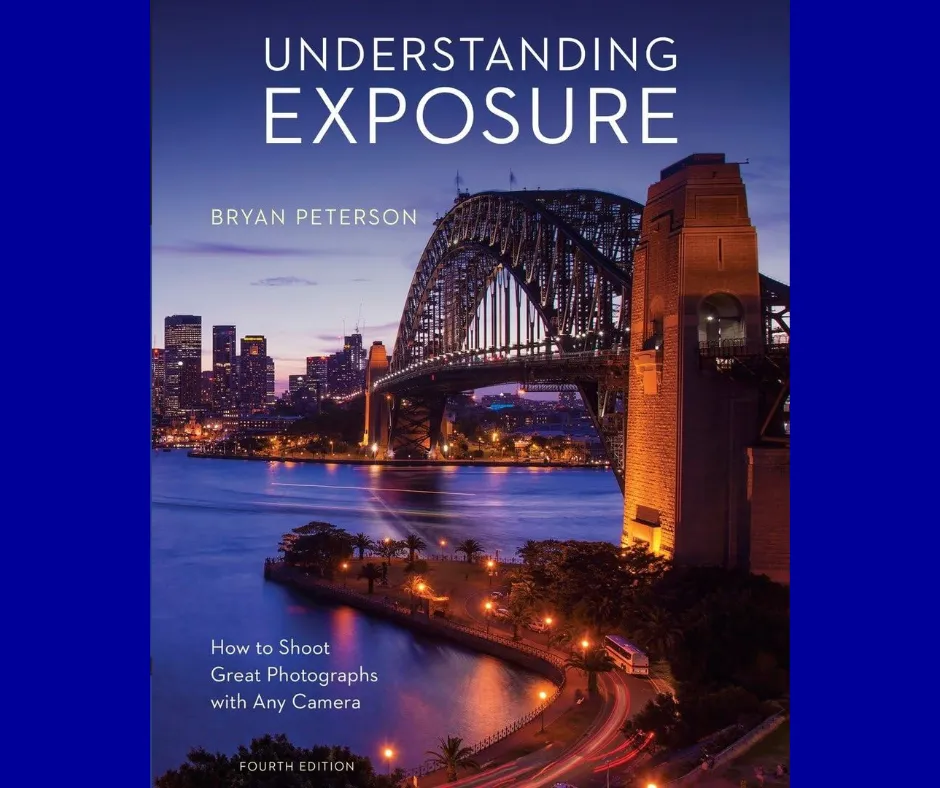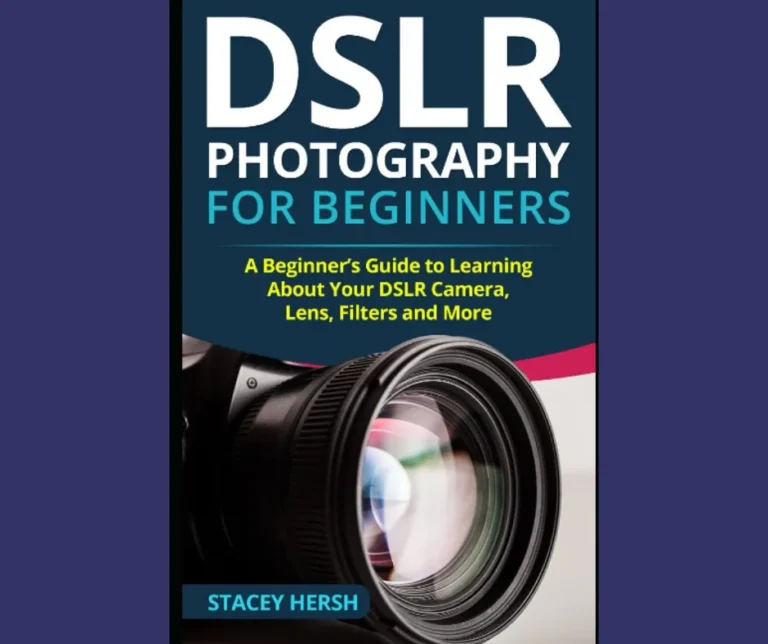Understanding the Rule of Thirds in Photography: Examples and Applications
If you’re interested in photography, you may have heard of the Rule of Thirds.
This fundamental concept is essential to creating visually appealing and balanced photographs.
Developed by artists and photographers centuries ago, the Rule of Thirds is still heavily used in the modern world of photography.
It is a guideline that helps you compose your images in a way that is pleasing to the eye and draws the viewer’s attention to the most important elements of your photo.
In this article, we will dive deep into understanding the Rule of Thirds, its history, and various applications in photography.
We will also provide real-life examples to help you grasp the concept more easily.
Whether you’re a beginner or an experienced photographer, understanding and applying the Rule of Thirds in your work can elevate your photography skills to the next level.
So, let’s explore the Rule of Thirds and learn how to use it to enhance the visual impact of your photographs.
Mastering the Rule of Thirds: Tips and Tricks
To truly understand the rule of thirds and elevate your photography skills, it is essential to master the tips and tricks associated with this composition technique.
Firstly, remember to imagine your frame divided into nine equal sections using two horizontal and two vertical lines.
Place your subject or point of interest along these lines or at their intersections, creating a visually pleasing balance and drawing the viewer’s attention.
Experiment with off-center compositions to add depth and dynamic energy to your images.
Additionally, utilize leading lines within your frame to guide the viewer’s gaze and create a sense of movement.
By incorporating these techniques, you can effectively apply the rule of thirds to enhance the visual impact and storytelling potential of your photographs.
Remember to practice and experiment with different subjects and settings, allowing yourself to develop a keen eye for composition and ultimately produce captivating imagery.
Enhance your composition with examples
As you delve deeper into understanding the rule of thirds in photography, it is important to recognize the power of incorporating examples in your composition.
By studying the work of renowned photographers and artists, you can gain insights into how they effectively utilize the rule of thirds to create compelling and visually appealing images.
Examining their use of subject placement along the intersecting lines or within the defined sections can inspire you to experiment with different perspectives and compositions.
Moreover, analyzing these examples can help you grasp the nuances of balance, depth, and focal points, enabling you to apply these principles to your own photography.
Remember, by learning from the masters and incorporating examples into your practice, you can elevate your composition skills and produce stunning photographs that captivate viewers.
Understanding the rule of thirds in photography: Examples and applications are invaluable resources that can guide and inspire your creative journey.
Utilize the grid for balance
To further enhance your understanding of the rule of thirds in photography, another essential technique to master is utilizing the grid for balance.
When using the grid overlay on your camera or in post-processing, you can divide your frame into nine equal sections, with two horizontal and two vertical lines intersecting.
By aligning key elements of your composition along these gridlines or at their intersections, you can create a visually balanced image that draws the viewer’s attention.
Placing your subject off-center and employing negative space in the remaining sections can also add a sense of depth and interest to your photograph.
Experimenting with different placements within the grid can help you find the optimal balance and create harmonious compositions that engage your audience.
Remember, by incorporating the grid for balance, you can create visually compelling photographs that effectively utilize the rule of thirds and captivate viewers.
Experiment with different subjects
In the realm of photography, it is crucial to experiment with different subjects to broaden your creative horizons and develop your skills.
By venturing beyond your comfort zone and exploring various subjects, you can uncover new perspectives, techniques, and styles that will enhance the overall quality of your work.
Whether it’s capturing the intricacies of nature, the vibrant energy of street scenes, or the intimate moments of portraiture, each subject presents unique challenges and opportunities for growth.
Embracing this experimentation allows you to discover your strengths, weaknesses, and personal preferences, helping you to refine your artistic voice.
Furthermore, exploring different subjects enables you to expand your portfolio, catering to a wider audience and showcasing the versatility of your photography skills.
So, embrace the journey of exploration, and let your creative vision flourish as you delve into the diverse world of subjects in photography.
Elevate your photography skills today
To elevate your photography skills today, it is essential to develop a deep understanding of composition techniques.
One such technique that can significantly enhance the visual impact of your photographs is the rule of thirds.
Understanding the rule of thirds allows you to create a more balanced and visually pleasing composition by dividing your image into nine equal parts using two horizontal and two vertical lines.
By placing points of interest and key elements along these lines or at their intersections, you can create a dynamic and engaging composition that draws the viewer’s eye.
The rule of thirds provides a framework to guide your composition choices and adds a sense of visual tension and harmony to your images.
By mastering this technique and incorporating it into your photography practice, you can take your skills to new heights and capture stunning images that captivate your audience.
So, seize the opportunity to explore the examples and applications of the rule of thirds in photography, and unleash your creativity through this fundamental compositional technique.
Now that you have a better understanding of the rule of thirds in photography, you can apply this technique to your own photos.
Utilizing the rule of thirds will help you to create more visually dynamic and interesting images.
Remember to think about the composition of your photo, and adjust your positioning or framing accordingly.
Keep practicing and experimenting with this technique, and soon you will see a noticeable improvement in the overall quality of your photographs.
With the rule of thirds in your arsenal, you have the power to take your photography to the next level.
FAQ
What is the rule of thirds in photography and how does it work?
The rule of thirds in photography is a composition guideline that helps you create visually pleasing images.
It involves dividing your frame into nine equal parts using two horizontal and two vertical lines.
By placing your subject or key elements along these lines or at their intersections, you can achieve a balanced and more engaging composition.
This technique works because it adds interest and creates a sense of movement in the image, rather than having the subject centered.
By following the rule of thirds, you can create more dynamic and visually appealing photographs.
Can you provide some examples of how the rule of thirds can be applied in landscape photography?
In landscape photography, you can apply the rule of thirds by placing the horizon on one of the horizontal lines, dividing the frame into three equal sections.
For example, you can position the horizon on the lower line to emphasize the sky and create a sense of vastness in the landscape.
Another way is to align vertical elements, such as trees or mountains, along the vertical lines, adding balance and visual interest.
Additionally, you can use the intersections of the grid lines as focal points for important elements, like a tree or a rock formation, drawing the viewer’s attention to them.
How does the rule of thirds help in creating a balanced composition in portrait photography?
In portrait photography, the rule of thirds is a valuable tool for achieving a balanced composition.
By dividing the frame into thirds both vertically and horizontally, it guides you on where to place the subject within the frame.
Placing the subject at one of the intersecting points creates a more visually appealing and dynamic composition.
This technique helps to avoid placing the subject directly in the center of the frame, which can result in a static and uninteresting image.
Instead, it encourages you to utilize the negative space and incorporate other elements, such as the background or foreground, to enhance the overall balance and visual impact of the photograph.
Are there any specific guidelines to follow when using the rule of thirds in street photography?
When using the rule of thirds in street photography, it is important to remember a few guidelines.
Firstly, imagine dividing your frame into three equal horizontal and vertical sections, creating a grid.
Place your subject or points of interest along these gridlines or at their intersections, as this creates a visually pleasing composition.
Secondly, be mindful of the background and surrounding elements.
Ensure they complement or enhance your subject, rather than distracting from it.
Lastly, don’t be afraid to experiment and break the rules occasionally to capture unique and captivating images.
Trust your instincts and let your creativity shine.
Can you explain how the rule of thirds can enhance the storytelling aspect of a photograph?
When you apply the rule of thirds to a photograph, it enhances the storytelling aspect by creating a more balanced and visually appealing composition.
By dividing the image into thirds both horizontally and vertically, you can place important elements along these lines or at their intersections, known as “power points.
” This helps to draw the viewer’s eye to these key elements and leads to a more dynamic and engaging composition.
By strategically placing subjects or points of interest along these lines, you can create a sense of movement, depth, and harmony in your photograph, ultimately enhancing its storytelling potential.







